When it comes to international shipping, you don’t always need a full container. That’s where LCL (Less than Container Load) shipping comes into play. LCL shipping is an affordable option for moving small loads that don’t need a full container because it lets you share container capacity with other shippers. Instead of waiting until you have enough goods to fill a container, LCL enables you to send your items on their way alongside shipments from different businesses.
This shipping method is significant because it offers flexibility and affordability, especially for businesses with smaller quantities of goods. By sharing container space, you only pay for the space your cargo occupies, making it an efficient option for companies looking to optimize shipping costs. LCL shipping also provides access to global markets without the need for large-scale shipments, which can be advantageous for small to medium-sized enterprises. This flexibility empowers you to control your shipping costs and adapt to market demands.
In this guide, we’ll deep dive into what is LCL shipment, helping you understand its benefits and drawbacks, how it works, how it compares with other shipping methods, and how you can make the most of this shipping method for your business needs.
Benefits of LCL Shipping
LCL (Less-than-Container Load) shipping is a flexible and cost-effective solution for businesses that don’t need a full container. Here’s why LCL might be the ideal choice for your shipping needs:
1. Cost-effectiveness for Small to Medium Volumes: LCL shipping is perfect for shipments ranging from 1 CBM to up to 25-30 CBM. You only pay for the space your cargo occupies, making it a budget-friendly option for businesses with smaller volumes. For shipments between 3 and 5 CBM, the cost benefits of LCL shipping compared to air freight become even more significant.
2. Reduced inventory warehousing costs: You can maintain lean inventory levels since LCL allows for more frequent shipments of smaller volumes. It helps reduce the costs associated with warehousing and storing large amounts of inventory.
3. Easier and faster booking during peak seasons: Securing a packed container can be challenging during peak shipping seasons. LCL shipping, however, offers more flexibility, making it easier to book space and keep your supply chain moving smoothly.
4. Cheaper than air freight: For shipments that are too large for air freight but too small for FCL, LCL offers a more cost-effective solution. It balances speed and affordability, making it a popular choice for many businesses.
Drawbacks of LCL Shipping
While LCL shipping has its advantages, there are also some drawbacks to consider:
1. Additional days for loading/unloading: Because your goods share space with other shipments, the loading and unloading process can take longer. It can add a few extra days to the overall transit time.
2. Higher per cubic meter cost compared to FCL: Although LCL is cost-effective for small volumes, the cost per cubic meter can be higher than that of a full container load (FCL), especially if your shipment is close to filling a container.
3. Potential delays due to customs issues for other shipments: Since your cargo shares container space with other shipments, any customs issues with those goods can also cause delays for your shipment.
4. Increased handling risk: With multiple goods being handled in the same container, there’s a higher risk of damage during transit. Proper packaging is essential to mitigate this risk.
Comparison with Other Shipping Methods
This comparison helps you weigh the benefits and drawbacks of each shipping method based on your specific needs, whether cost, speed, or volume considerations.
| Aspect | LCL (Less than Container Load) | Air Cargo | FCL (Full Container Load) |
| Cost | Generally lower for small volumes; pay for the space used | Higher cost, especially for large or heavy shipments | Lower cost per cubic meter for larger shipments |
| Transit Time | Slower than air cargo; similar to FCL | Fastest transit time | Similar to LCL, but may be quicker due to direct routes |
| Volume vs. Weight | Ideal for small to medium volumes | Best for lightweight, high-value goods | Best for large volumes, regardless of weight |
| Volume Threshold | Minimum volume is 1 CBM and the chargeable weight is below 200 KG | No minimum volume, but cost increases with weight | Minimum volume is 25 CBM. Minimum volume for 20GP is 25 CBM and for 40 GP is 58 CBM. |
| Risk of Damages | Higher risk due to shared space with other shipments | Lower risk, handled individually | Lower risk, goods are isolated in their own container |
| Transit Time (LCL vs. FCL) | Similar, but may be slightly slower due to consolidation | ¼ time compared to LCL/FCL | Similar to LCL, often quicker due to fewer handling points |
When deciding between LCL (less than Container Load), Air Cargo, and FCL (Full Container Load) shipping, the scale and nature of your shipments must be considered. LCL shipping is cost-effective for smaller volumes, offering flexibility and lower upfront costs. However, it does come with potential downsides, such as higher risks of damage due to shared container space and longer transit times because of the consolidation process.
On the other hand, FCL shipping shines when you have enough cargo to fill an entire container. It’s more cost-efficient per unit, offers quicker transit times, and reduces the risk of damage since your goods aren’t mixed with others. Intoglo provides an excellent solution for door-to-door FCL shipping from India to the USA, ensuring that your shipments are managed precisely from start to finish. Their unique characteristics include:
- Transparent pricing
- Direct bookings
- No middle-man involvement
- Expert custom brokers
- Real-time tracking
- Internal filing of AMS / ISF
- Customs bond services
Intoglo is a trustworthy partner for companies seeking to streamline their shipping operations from India to the USA because of the extensive list of benefits.
It has been researched that, “The FCL freight forwarding market size is projected to reach USD 143.50 Billion by 2030, growing at a CAGR of 4.10% during the forecast period 2024-2030.” On the other hand, “The LCL shipping market size is projected to reach USD 13.21 Billion by 2030, growing at a CAGR of 5.06% from 2024 to 2030.”
Calculation of LCL Shipping Costs
When calculating LCL (less than Container Load) shipping costs, several factors come into play. The primary focus is on the volume and weight of the cargo and the specific components included in the shipment.
Based on Volume (Cubic Meters) and Weight
Depending on which is more important, the volume of the cargo in cubic meters (CBM) or the weight is typically used to calculate LCL shipping costs. The calculation is typically done as follows:
- Volume Calculation: The volume is calculated by multiplying your cargo’s length, width, and height (in meters). The resulting cubic meter measurement determines the amount of space your shipment will occupy in the container.
- Weight Consideration: In some cases, if the cargo is particularly heavy relative to its volume, the shipping cost may be calculated based on weight. A standard conversion rate is often applied, where 1 CBM equals 250-300 kilograms. If your cargo exceeds this ratio, the shipping cost may be calculated based on weight rather than volume.
For LCL shipments, carriers often use a pricing method called W/M (Weight or Measure), meaning they will charge based on the higher of the two—either the weight in metric tons or the volume in cubic meters.
Components Included in the LCL Price Quote
An LCL price quote generally covers several key components, each representing a different stage of the shipping process:
- Pickup: The cost of transporting the cargo from the shipper’s warehouse to the origin Container Freight Station (CFS).
- Origin (CFS): Charges associated with handling the cargo at the origin CFS, including loading, documentation, and consolidation into the container.
- Main Leg (Sea Journey): The primary cost of transporting the cargo by sea from the port of origin to the destination port.
- Destination (Deconsolidation at CFS): Fees for unloading and handling the cargo at the destination CFS, where the container is deconsolidated and the individual shipments are separated.
- Delivery: The cost of transporting the cargo from the destination CFS to the final delivery address.
Each component can vary depending on the origin and destination, the shipping line used, and any additional services required. Understanding these elements helps you know what you’re paying for and ensures no surprises when your goods arrive.
By breaking down these costs, you can better manage your shipping budget and ensure that LCL shipping remains a cost-effective solution for your business.
LCL Shipping Process
LCL (Less than Container Load) shipping is a detailed process that involves multiple stages to ensure that smaller shipments are efficiently transported alongside other cargo. Here’s a breakdown of the steps involved:
- Organizing, Coordinating, and Loading
The shipper must gather all necessary documentation and prepare the cargo for shipment. It involves coordinating with the freight forwarder or logistics provider to book the shipment and determine the best route and schedule. The cargo is then transported to a Container Freight Station (CFS), consolidated with other shipments bound for the same destination.
- Inspection, Packaging, and Consolidation at Origin
Upon arrival at the origin CFS, the cargo undergoes an inspection to ensure that it complies with all relevant regulations and that the packaging is sufficient to protect the goods during transit.
Proper packaging is crucial for LCL shipments, as the cargo will share container space with other goods, increasing the risk of damage. Once inspected and approved, the cargo is consolidated with other shipments.
- Transportation, Monitoring, and Tracking
After consolidation, the container is sealed and loaded onto a vessel for transportation. Throughout the sea journey, the shipment is monitored, and tracking systems are used to keep the shipper informed of its status and location. This transparency is essential since it enables prompt updates and the resolution of any problems that might occur while en route. The central leg of the journey, which involves sea transport from the origin port to the destination port, is typically the longest part of the LCL shipping process.
- Deconsolidation and Final Delivery at Destination
When the container reaches the destination port, it is transported to a CFS for deconsolidation. The shipments are carefully unloaded, inspected, and separated according to their final delivery destinations. After deconsolidation, the cargo undergoes any necessary customs clearance processes before being loaded onto a delivery vehicle for the final leg of its journey.
This meticulous, step-by-step method ensures that even tiny shipments are handled carefully and efficiently, making it a cost-effective alternative for businesses that do not require a full container load.
How to Get the Best LCL Shipping Rates
Securing the best LCL (Less than Container Load) shipping rates requires strategic planning and an understanding of the factors influencing pricing. Here’s how you can optimize your shipping costs:
Obtaining Multiple Quotes for Market Comparison
The first step in getting the best LCL shipping rate is to obtain quotes from several freight forwarders or shipping companies. It permits you to compare prices and services across the market. When requesting quotes, ensure they are comprehensive, including all necessary services, so that you can make an accurate comparison.
Considering Pallet Dimensions in Cost Calculations
LCL shipping costs are often calculated based on the volume (cubic meters) and weight of your shipment, as well as the dimensions of your pallets. To optimize costs, ensure your pallets are efficiently packed and minimize unused space. Some shippers adjust the pallet dimensions slightly to fit more goods without increasing the cost bracket.
Avoiding Hidden Fees by Booking Comprehensive Services
When booking LCL shipping, you must watch out for hidden fees that can unexpectedly inflate your costs. To avoid these, consider booking a comprehensive shipping service that includes all necessary components, such as pickup, handling at the origin and destination, and final delivery. This all-in-one approach provides clarity in pricing and reduces the risk of encountering unexpected charges down the line.
Understanding Container Interior Dimensions
A thorough understanding of the interior dimensions of shipping containers is crucial when planning an LCL shipment. Knowing the exact dimensions lets you optimize how your cargo is packed and loaded, ensuring you make the most efficient use of the available space. This can help reduce costs by preventing wasted space.
By following these tips and strategically managing your LCL shipments, you can secure better rates and optimize your shipping budget effectively.
Conclusion
Understanding LCL (Less than Container Load) shipping is important for companies looking to optimize their logistics, especially when dealing with smaller cargo volumes. By sharing container space with other shippers, LCL offers a cost-effective solution that can be both flexible and efficient. However, navigating the complexities of LCL shipping can be challenging, so discussing your needs with specialist shipping companies is highly advantageous.
These experts can help you choose the best shipping method for your business, ensuring that you receive the most value for your money. For businesses looking for comprehensive logistics solutions, Intoglo offers various services, including door-to-door FCL shipping, 3PL warehousing in the USA, and seamless door to door shipping across 41000+zip codes in the USA. Our key features, such as origin pickup, hassle-free customs clearance, and efficient CFS management, make us a reliable partner for your shipping needs.
Connect with Intoglo today to explore how we can simplify your shipping process and provide tailored solutions that align with your business goals.


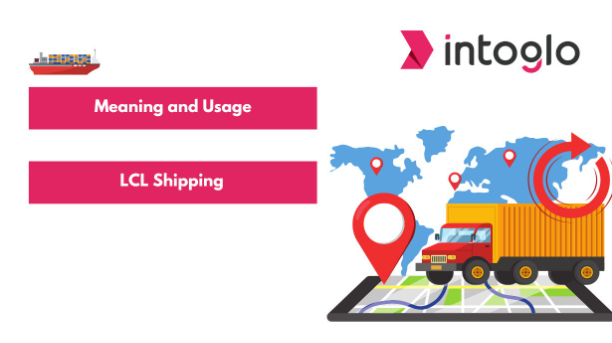

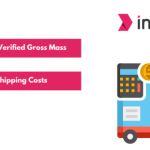
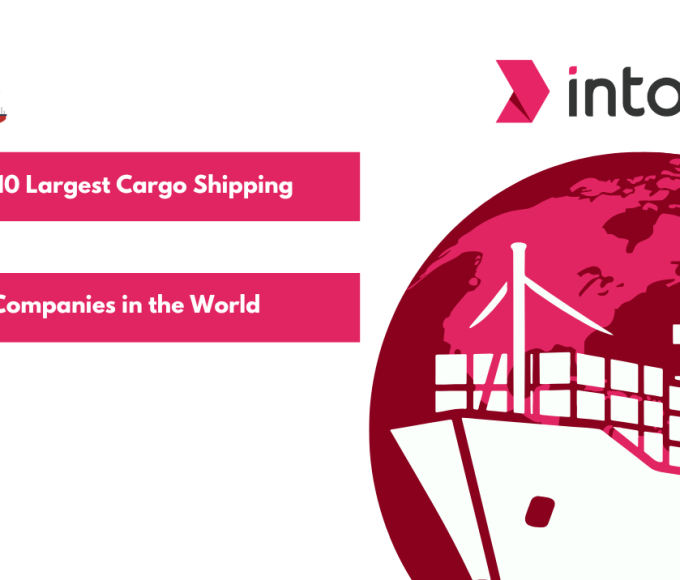
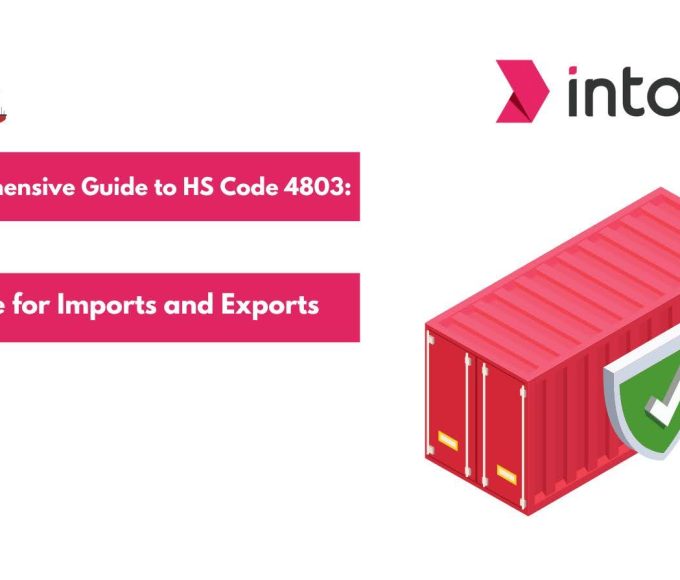
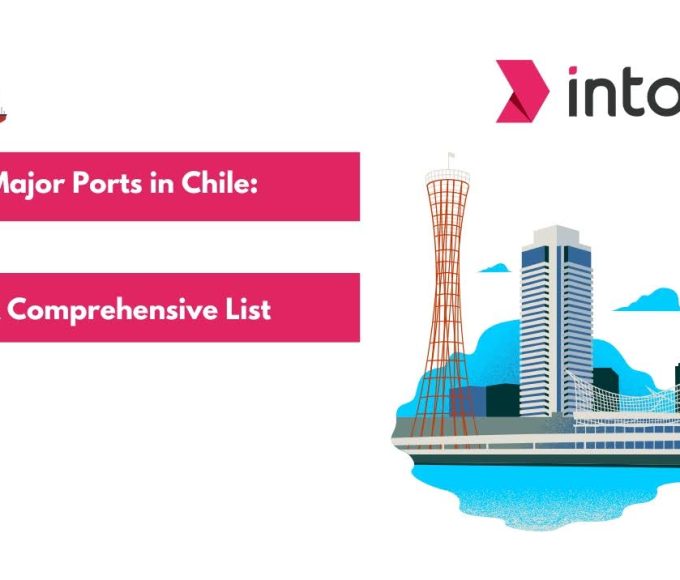
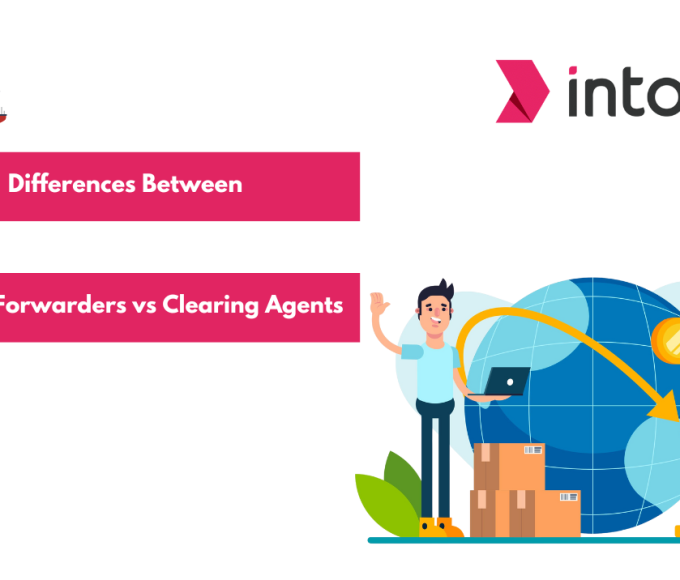
Leave a comment